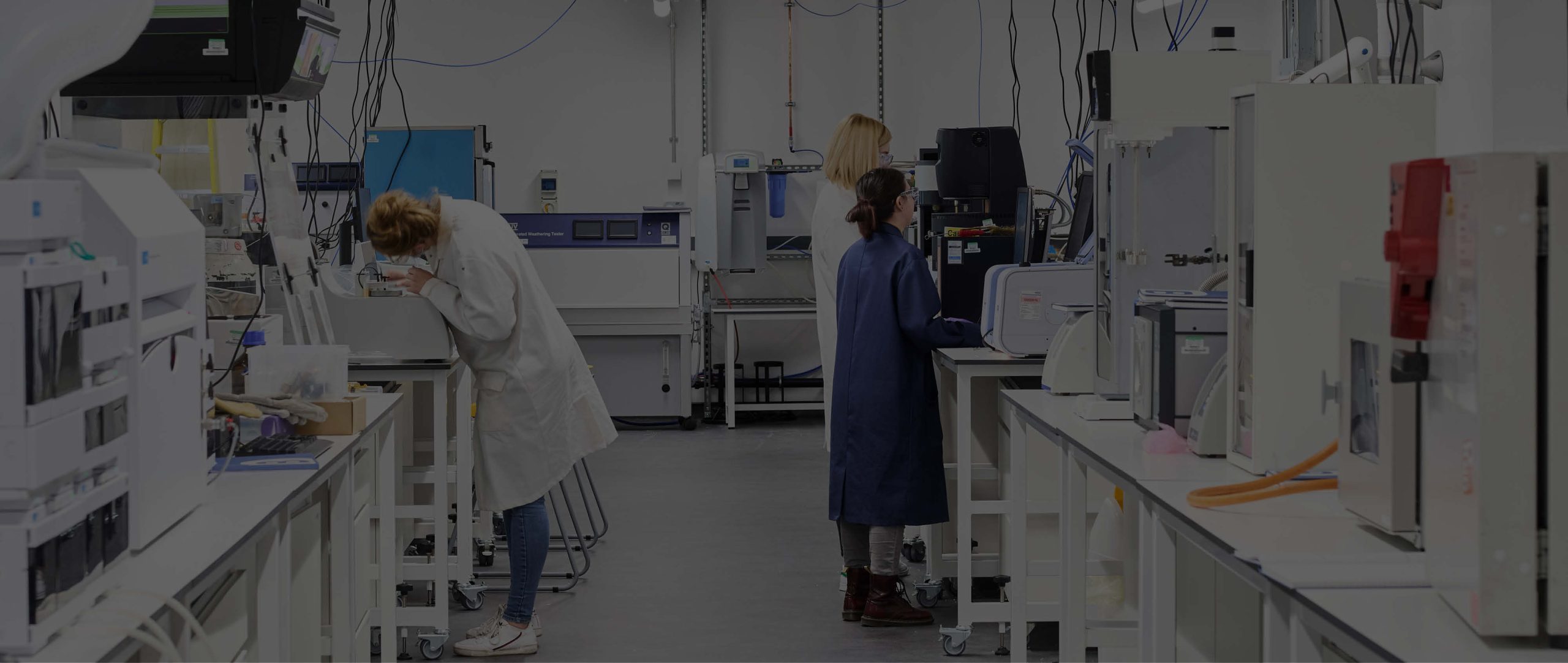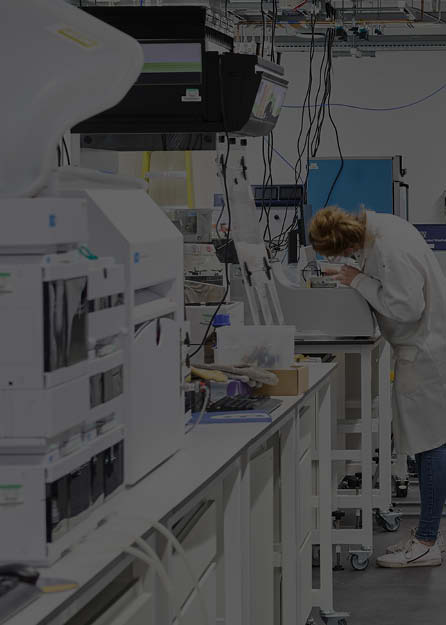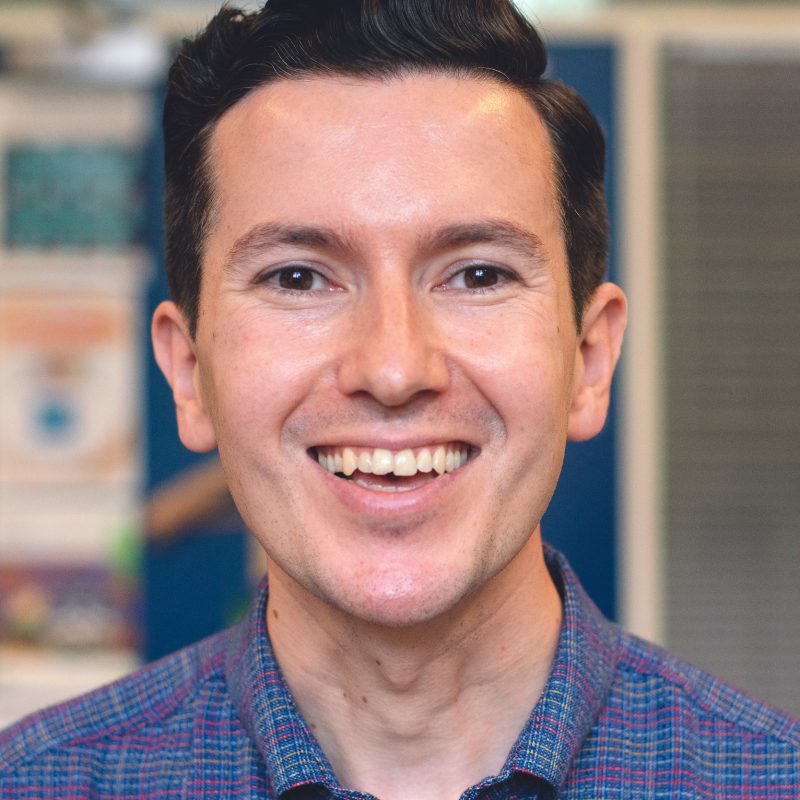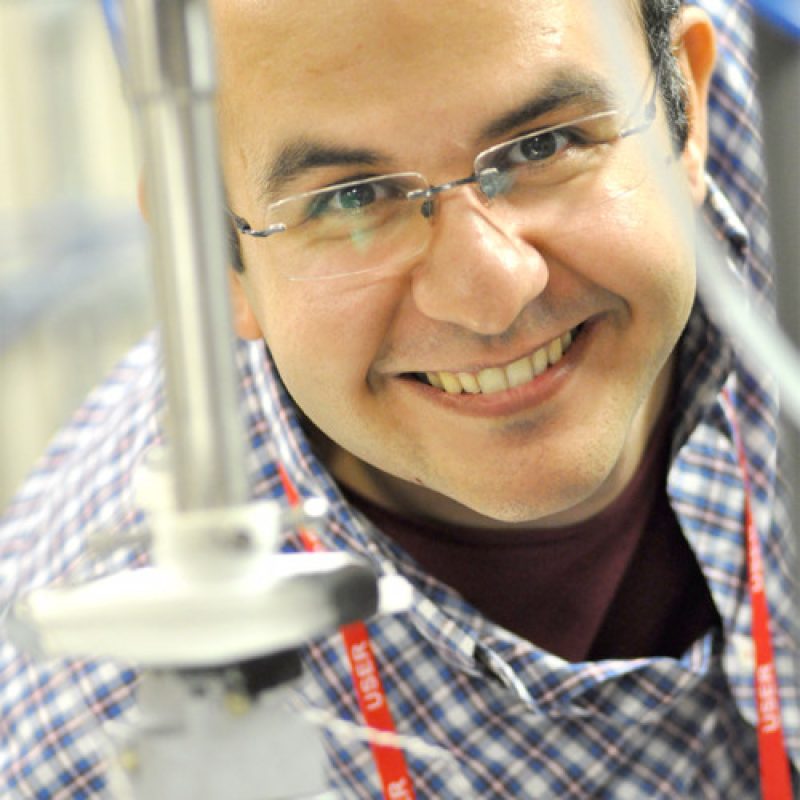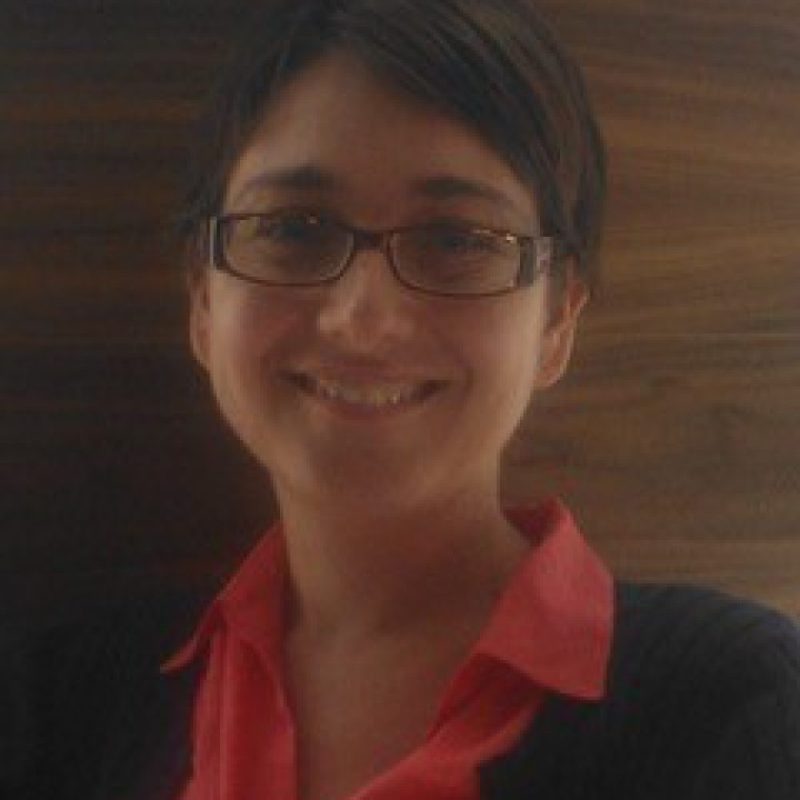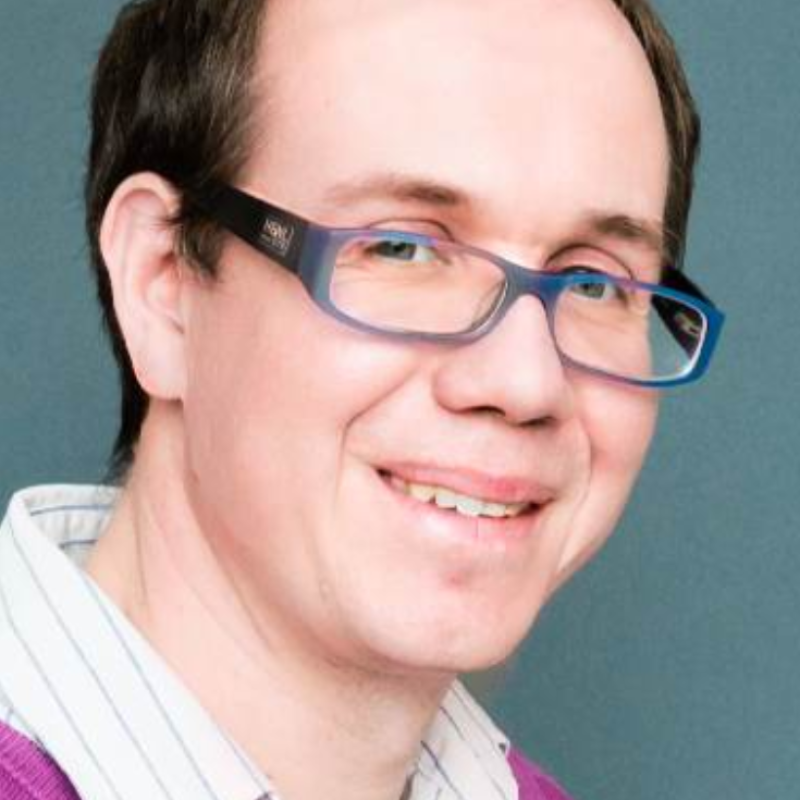Modelling and Simulation Team
Research Area Leads
Steering Group
Related Activity
Digital Materials Foundry
The Digital Materials Foundry is a new initiative established by Royce to support the digital transformation of materials innovation. The Foundry is leveraging open-access experimental databases, machine-learning code for property prediction and language models tailored for the materials domain to accelerate translation.

Materials 4.0 CDT
The Engineering and Physical Sciences Research Council (EPSRC) Centre for Doctoral Training in Developing National Capability for Materials 4.0 with the Henry Royce Institute will train over 70 researchers with the knowledge, understanding and skills required to ensure national capability in Materials 4.0.

Data Curation
Royce provides a dedicated Data Curation team to support colleagues across the materials innovation community in adopting robust research data management practices. ur team can support those working across Royce’s programmes in retaining research knowledge and expertise, ensuring data provenance, internally and externally, and in managing the research data lifecycle from conception and planning to project conclusion and impact tracking.

